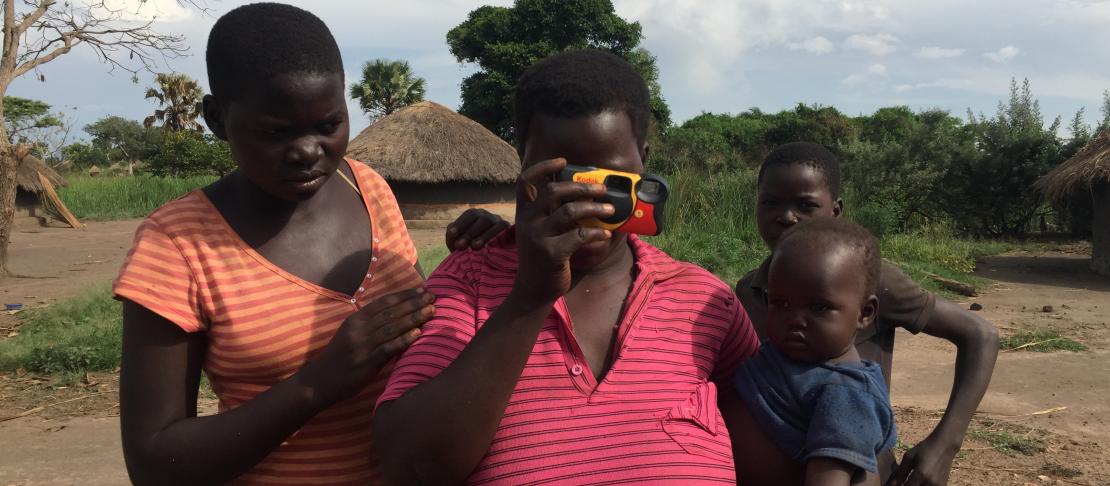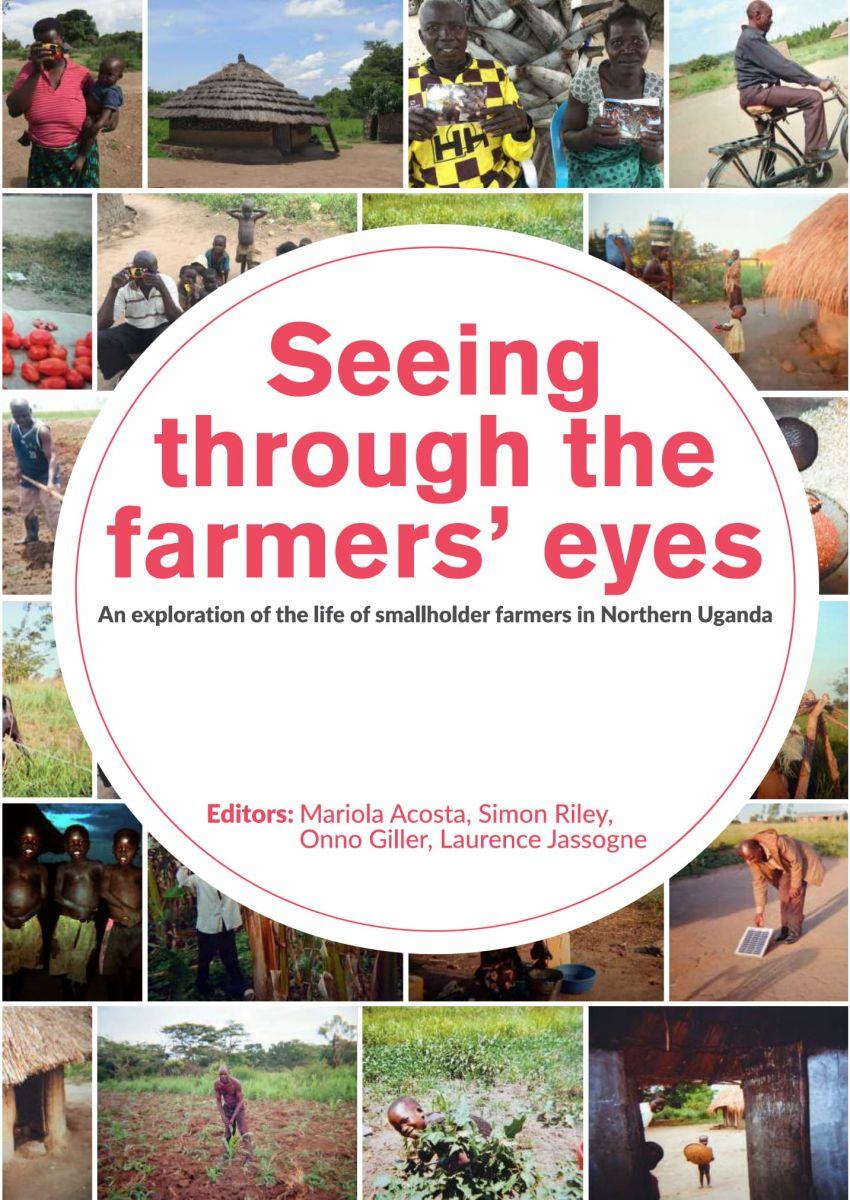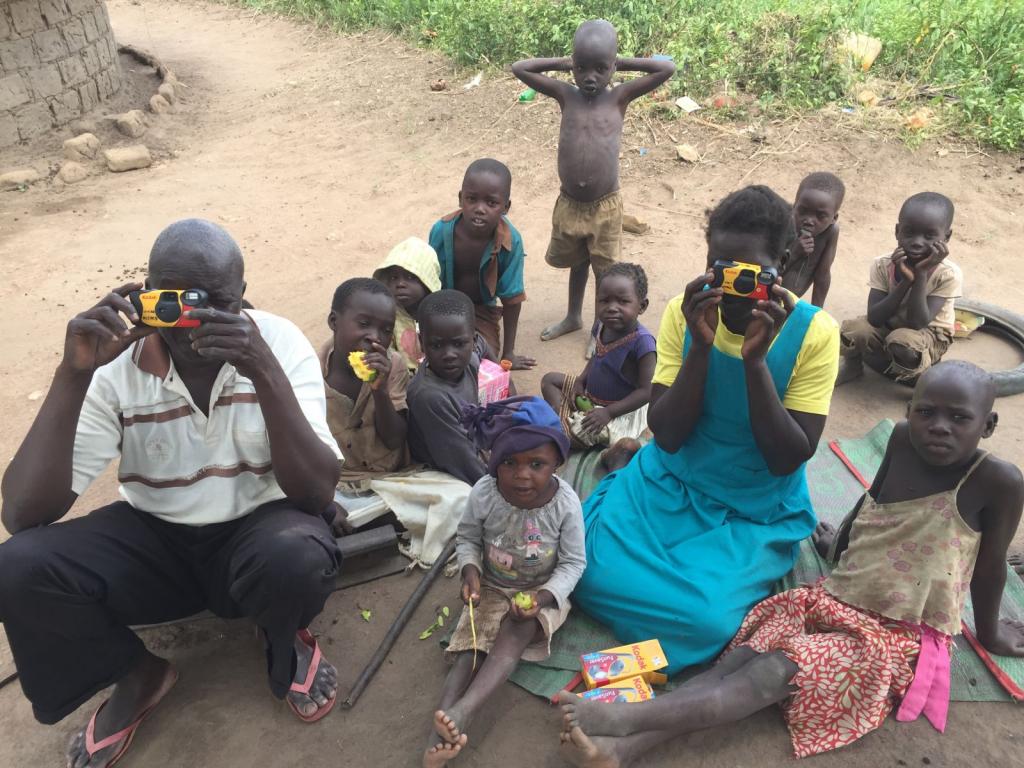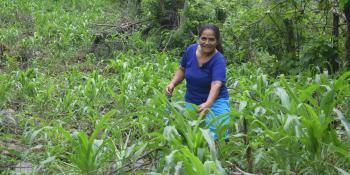Exploring farmers' realities through their own eyes

How can we give farmers a hand with the ways in which their stories and experiences are expressed and understood?
All too often, the well-intentioned efforts of journalists and development organizations to raise awareness around pressing humanitarian issues have the unintended effect of reducing human subjects to little more than hapless victims of the latest calamity. We researchers are not innocent in this affair either. Even though smallholder farmers, along with an understanding of their constraints, opportunities, experiences, and ambitions, are placed at the center of our enquiring efforts, these understandings originate in and are mediated through our research programs.
To challenge this ‘status quo’, we piloted a research methodology called photo elicitation in the district of Nwoya, located in the Northen Region of Uganda. Project participants, who were previously trained in basic photography skills, were provided a camera and given a simple instruction: to take photos of what inspired them in life.
Ojera Alfred and Ayet Grace trying out the disposable cameras in the training. Photo: M. Acosta (IITA)
Project participants included men and women from seven different households. After the photographs were developed, researchers sat with the participants and listened to the stories behind the photos. This allowed us to capture participants’ day-to-day life in their own private spheres, giving us the opportunity to access realities that would otherwise remain hidden and largely inaccessible to outsiders. Giving participants full authority over what to photograph and what stories to tell also put them at the center of research and development efforts, empowering them to speak up and share their struggles, their passions, and their priorities.
Uncovering these stories could also prompt new areas for research within agricultural development which may have been previously overlooked
Perhaps even more important is the potential that this methodology has for creating a direct link between project participants and development partners, aid donors and the wider public. This direct line of communication provides key decision-makers, who may live hundreds or thousands of kilometers away from these realities, with an intimate view of the people living in these communities and a better understanding of local development needs and priorities, including those that might have been overlooked by traditional methods of data collection. Finally, uncovering these stories could also prompt new areas for research within agricultural development that may have been previously overlooked, or could provide new evidence for issues already being researched, such as the ways in which climate change is affecting men and women in these communities.
 Overall, our goal was to give farmers full autonomy over the stories they wanted expressed, the places they wanted shown, and the realities they wanted shared. The photo stories, together with our journey and experiences in this project, have been recently published in a book called Seeing through the farmers’ eyes: An exploration of the life of smallholder farmers in Northern Uganda. We invite you to immerse yourself in the lives of rural Uganda, one family at a time.
Overall, our goal was to give farmers full autonomy over the stories they wanted expressed, the places they wanted shown, and the realities they wanted shared. The photo stories, together with our journey and experiences in this project, have been recently published in a book called Seeing through the farmers’ eyes: An exploration of the life of smallholder farmers in Northern Uganda. We invite you to immerse yourself in the lives of rural Uganda, one family at a time.
Read more:
- Photo book: Seeing through the farmers’ eyes: An exploration of the life of smallholder farmers in Northern Uganda
- Blog: Coffee, cameras and climate change: Seeing drought through the eyes of the farmer
- News story on NPR: Here's What Climate Change Looks Like To Uganda's Coffee Farmers
This work was implemented by the International Institute of Tropical Agriculture (IITA) as part of the CGIAR Research Program on Climate Change, Agriculture and Food Security (CCAFS).
Mariola is a Gender Research Fellow at IITA in Uganda and a PhD candidate at Wageningen University.




